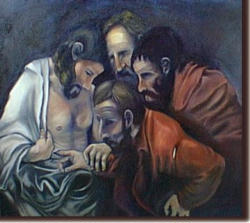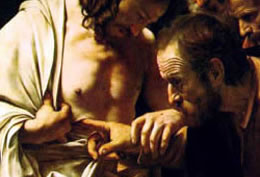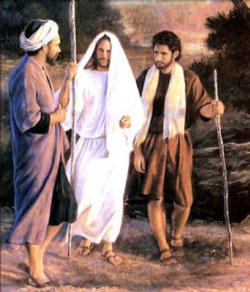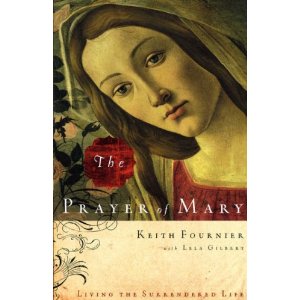The Second Sunday of Easter is “Divine Mercy Sunday” in the Catholic liturgical calendar. This year, it also became the day when beloved Pope John Paul II was beatified. Our Gospel (John 20: 19-31) recounted one of the Post-Resurrection appearances of Jesus Christ to his disciples, where Jesus appears to his disciples, coming through locked doors and says “Peace be with you” breathing upon them the Holy Spirit and communicating His authority to forgive sins.
However, Thomas was not present. The Beloved disciple John records this exchange between the Risen Lord and Thomas which follows: “Thomas, called Didymus, one of the Twelve, was not with them when Jesus came. So the other disciples said to him, “We have seen the Lord.” But he said to them, “Unless I see the mark of the nails in his hands and put my finger into the nailmarks and put my hand into his side, I will not believe.”
“Now a week later his disciples were again inside and Thomas was with them. Jesus came, although the doors were locked, and stood in their midst and said, “Peace be with you.” Then he said to Thomas, “Put your finger here and see my hands, and bring your hand and put it into my side, and do not be unbelieving, but believe.” Thomas answered and said to him, “My Lord and my God!”
This encounter led to Thomas being called “Doubting Thomas”. Yet the Christian tradition tells us that so called “doubting Thomas” died a martyr for his faith. He also became a messenger of Mercy to India, a missionary who shed his own blood for the Master whom he encountered on that day. His insistence on touching the wounds presented the Disciple John another opportunity to explain for all of us the implications of the Bodily Resurrection of Jesus Christ.
Thomas’s response in his encounter with the Risen Lord, “My Lord and My God” reveals the heart of prayer as a call to adoration and communion with God. It has become the exclamation for millions, myself included, when faced with the Mystery of Mysteries, the Holy Eucharist at the elevation during Mass.
I suggest that Thomas was not a doubter, rather he was a believer. And he is a model for all of us at every Eucharist which is the Feast of Mercy. Pope St Gregory the Great who occupied the Chair of Peter between 590 and 604 preached a marvelous homily on this encounter between Thomas and the Risen Lord. In it he asked:
“What conclusion, dear brethren, do you come to? Surely it was not by chance that this chosen disciple, was missing in the first place? Or that on his return he heard, that hearing he doubted, that doubting he touched, and that touching he believed? It was by divine dispensation and not by chance that things so fell out. God’s Mercy worked wonderfully, for when that doubting disciple touched his Master’s wounded flesh he cured the wound of our disbelief… So this doubting disciple, who actually touched, became a witness to the reality of the resurrection”
We are invited to become living witnesses in our own day to the reality of the Resurrection of Jesus Christ. Thomas touched the wounded side of beloved Savior to heal the wounds of our own disbelief. We were invited to approach the throne of Mercy and cry out with St. Thomas: “My Lord and My God” (Jn 20:28). Those who do so are forever changed.


